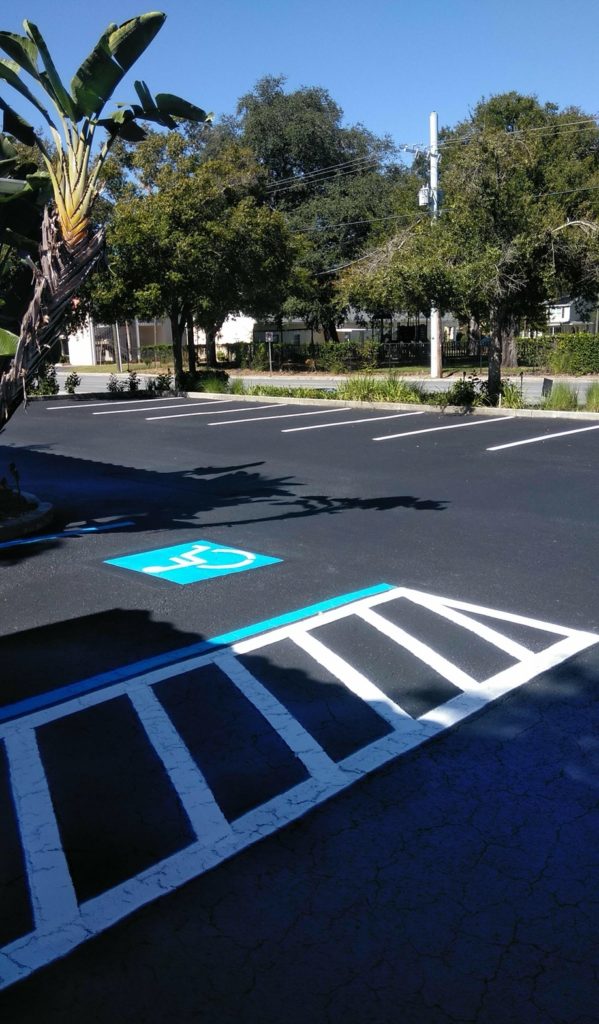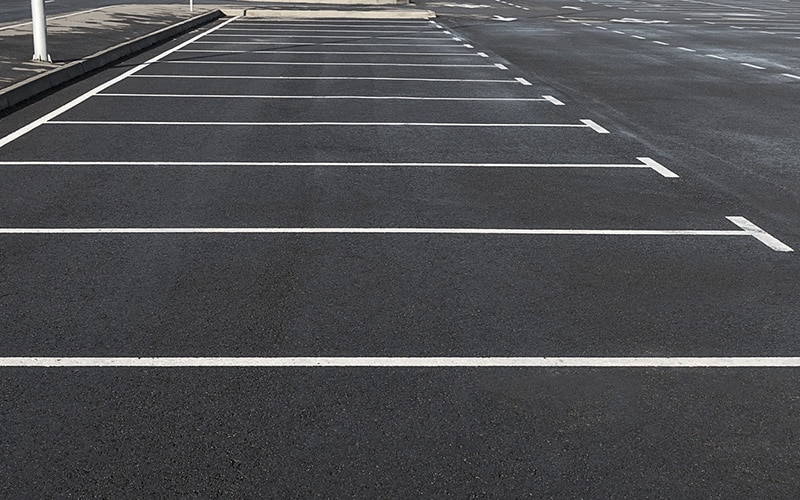Elevate Commercial Allure: Hot Mix Asphalt Sealing for Angled Parking Lots
Elevate Commercial Allure: Hot Mix Asphalt Sealing for Angled Parking Lots
Blog Article
Warm Mix Asphalt: A Sustainable Solution for Pavement
Hot Mix Asphalt (HMA) has actually arised as a leading sustainable selection for pavement remedies, using a myriad of ingenious technologies and environmental benefits. As the need for green building techniques grows, discovering the nuances of HMA's sustainability can give useful understandings into the future of sidewalk solutions.
Ecological Advantages of Hot Mix Asphalt

Additionally, Warm Mix Asphalt aids to alleviate urban warmth island effects. Its dark shade absorbs sunshine, decreasing the quantity of heat showed back right into the atmosphere compared to lighter-colored sidewalks. This can lower ambient temperatures in city locations, decreasing the need for cooling and ultimately minimizing power consumption.
Furthermore, Warm Mix Asphalt adds to improved stormwater management. Its porous nature allows water to charge and penetrate the sidewalk groundwater materials, lowering drainage and the threat of flooding. These ecological advantages make Warm Mix Asphalt a lasting selection for leading roadways and freeways.
Energy Effectiveness in HMA Production
Is energy performance an important consider the manufacturing of Hot Mix Asphalt (HMA)? Absolutely. Power plays a substantial duty in the manufacturing of HMA, influencing both expense and environmental sustainability. One essential aspect of energy efficiency in HMA manufacturing is the usage of cozy mix asphalt (WMA) innovations (regrading). WMA enables for the mixing and placement of asphalt at reduced temperature levels compared to conventional hot mix asphalt, causing lowered energy consumption throughout manufacturing. This procedure not just decreases gas use however also reduces greenhouse gas exhausts, making it an extra environmentally pleasant choice.
In addition, improvements in plant innovations have actually resulted in even more energy-efficient HMA production procedures. Modern plants are developed with features like recycled asphalt pavement (RAP) processing abilities, efficient burner systems, and improved insulation, all adding to power cost savings. By maximizing energy use in HMA production, the sector can reduce its carbon impact while maintaining high-quality sidewalk products. Energy effectiveness is, therefore, a critical consideration in making certain the sustainability of Hot Mix Asphalt manufacturing.
Recyclability of Warm Mix Asphalt
The recyclability of Warm Mix Asphalt (HMA) is a critical element of its sustainability and lasting environmental effect. HMA is among the most recycled products in the USA, with over 100 million lots of reclaimed asphalt sidewalk (RAP) being recycled annually in new sidewalk construction. Reusing HMA additional reading offers several environmental benefits, such as minimizing the demand for virgin products, decreasing power consumption during production, and decreasing the amount of waste sent to landfills.
The process of recycling HMA entails crushing the existing pavement, crushing it right into smaller pieces, and blending it with brand-new aggregate and asphalt binder to create a recycled mix. Overall, the recyclability of HMA plays a significant duty in advertising sustainable practices within the sidewalk sector.

Long-Term Performance of HMA
Asphalt pavements demonstrate resilience and resilience over a prolonged period, showing the long-lasting efficiency of Warm Mix Asphalt (HMA) The durability of HMA can be attributed to its capability to endure heavy website traffic lots, severe weather, and the impacts of aging. Researches have shown that well-designed and properly constructed HMA sidewalks can last for twenty years or even more with routine maintenance. The key to optimizing the long-lasting performance of HMA hinges on making use of high-grade materials, following best methods in building and construction, and carrying out efficient maintenance approaches. Proper drainage, routine inspections, and prompt repair services are necessary for protecting the architectural honesty of HMA pavements in time. In addition, advancements in HMA innovation, such as the use of polymer-modified binders and cozy mix asphalt, have further boosted the toughness and durability of HMA sidewalks. By prioritizing high quality construction and upkeep techniques, HMA continues to show itself as a economical and sustainable remedy for resilient sidewalk facilities.

HMA: Longevity and Sustainability
Demonstrating both durability and useful link sustainability, Hot Mix Asphalt (HMA) has come to be a foundation in the building and construction of long-lasting sidewalk infrastructures - regrading. HMA's durability comes from its capacity to endure hefty lots, harsh climate condition, and high traffic volumes, making it a dependable choice for roadways, freeways, and flight terminal runways. The composition of HMA, which typically includes aggregates, binder, and filler, plays an essential function in boosting its durability and resistance to damage
Furthermore, HMA's sustainability hinges on its recyclability and energy-efficient production process. The ability to recycle recovered asphalt pavement (RAP) in new HMA combinations reduces the demand for virgin products and decreases the environmental impact of pavement building and construction and maintenance. directory In addition, the energy efficiency of producing HMA hinges on its reduced blending temperatures compared to various other sidewalk materials, leading to lowered energy consumption and greenhouse gas discharges.
Final Thought
In verdict, warm mix asphalt (HMA) provides a lasting option for pavement with its eco-friendly attributes. HMA's recyclability, energy efficiency in production, and long-term toughness make it an eco-friendly selection for road building. By saving natural deposits, reducing waste, and decreasing greenhouse gas emissions, HMA plays an important role in advertising sustainability in infrastructure growth. Its ability to alleviate city heat island effects additionally highlights its value in developing environmentally conscious and resilient sidewalk systems.
HMA is one of the most recycled products in the United States, with over 100 million tons of redeemed asphalt sidewalk (RAP) being recycled annually in brand-new pavement building and construction.The procedure of recycling HMA involves milling the existing sidewalk, squashing it right into smaller items, and blending it with brand-new accumulation and asphalt binder to create a recycled mix.Asphalt sidewalks show longevity and strength over an extended duration, showing the long-term efficiency of Hot Mix Asphalt (HMA) Furthermore, improvements in HMA technology, such as the use of polymer-modified binders and warm mix asphalt, have actually further improved the toughness and durability of HMA sidewalks. The capacity to recycle reclaimed asphalt sidewalk (RAP) in brand-new HMA combinations minimizes the demand for virgin materials and minimizes the ecological influence of sidewalk building and maintenance.
Report this page